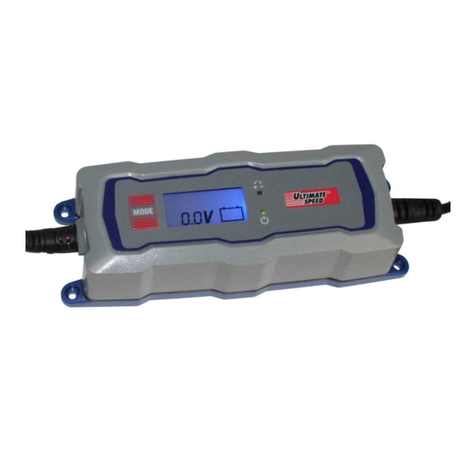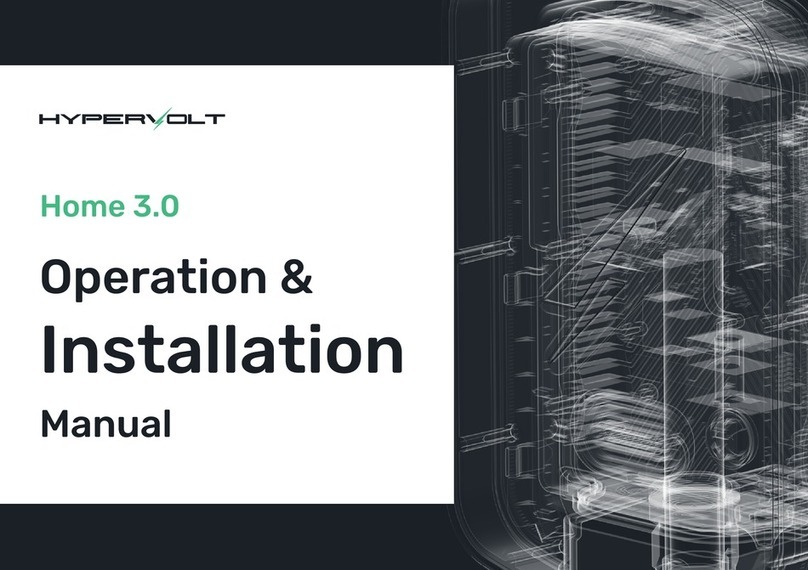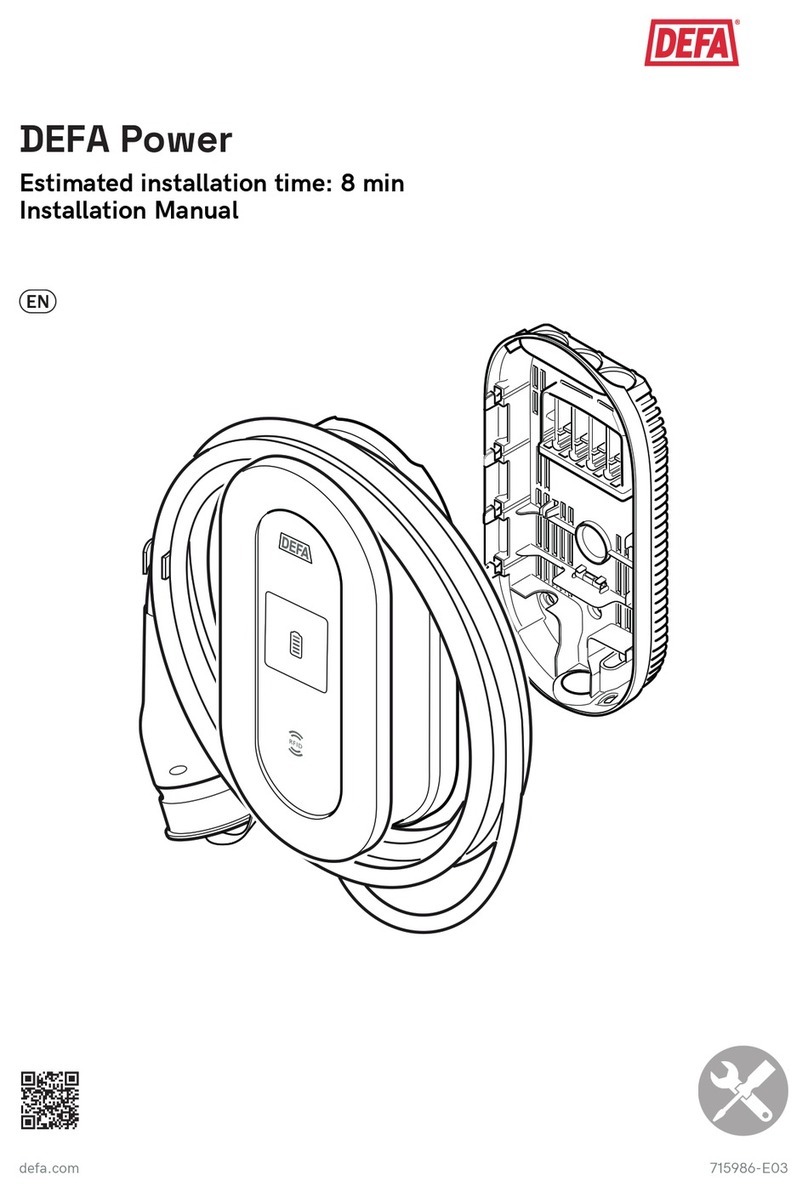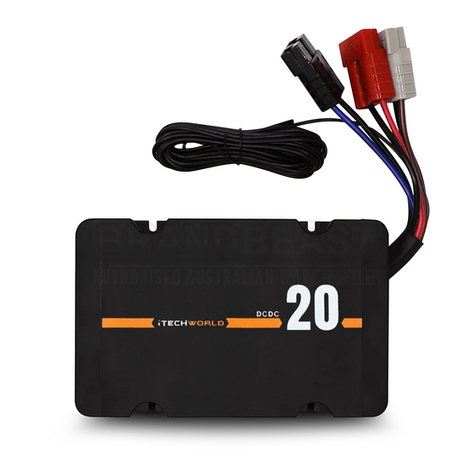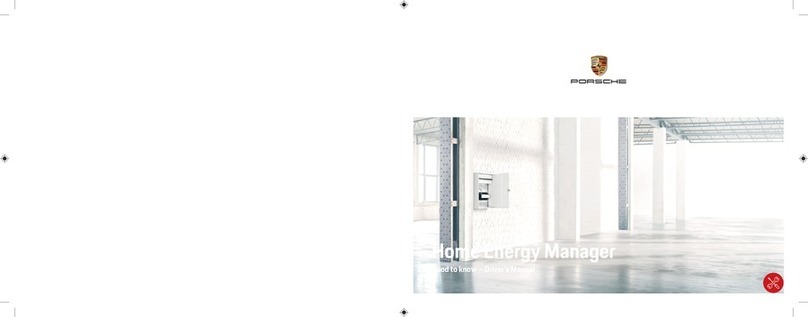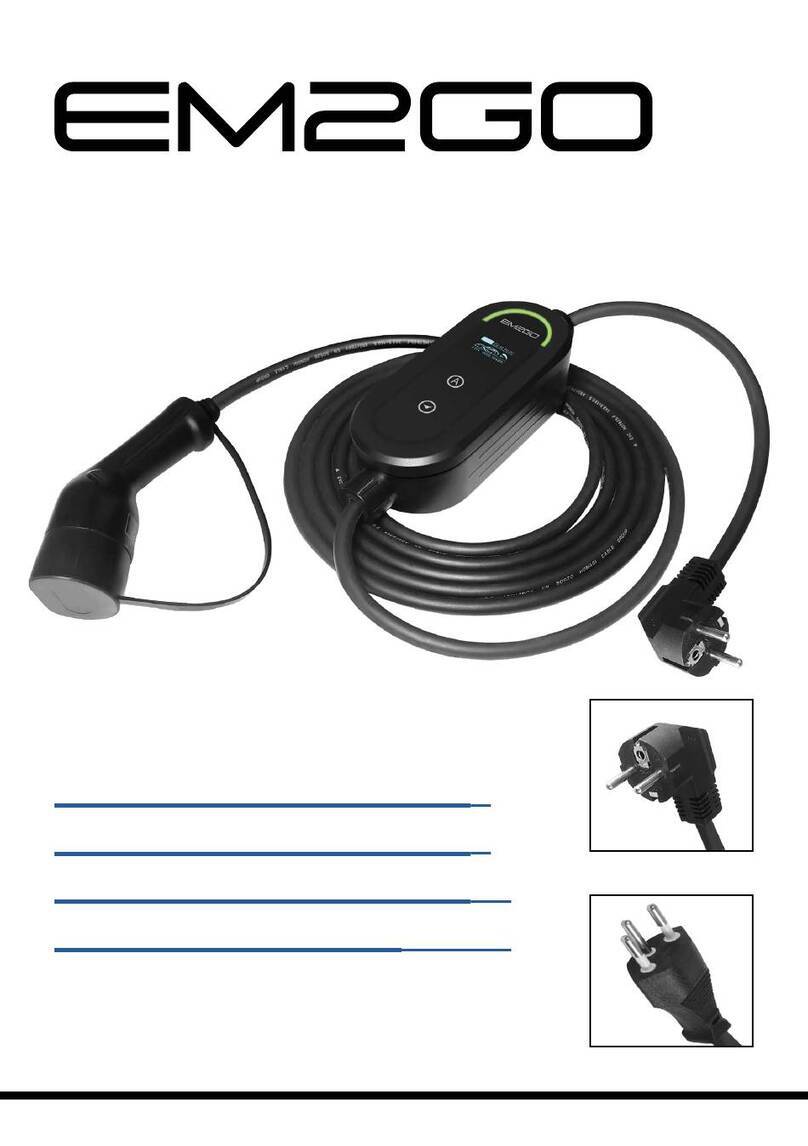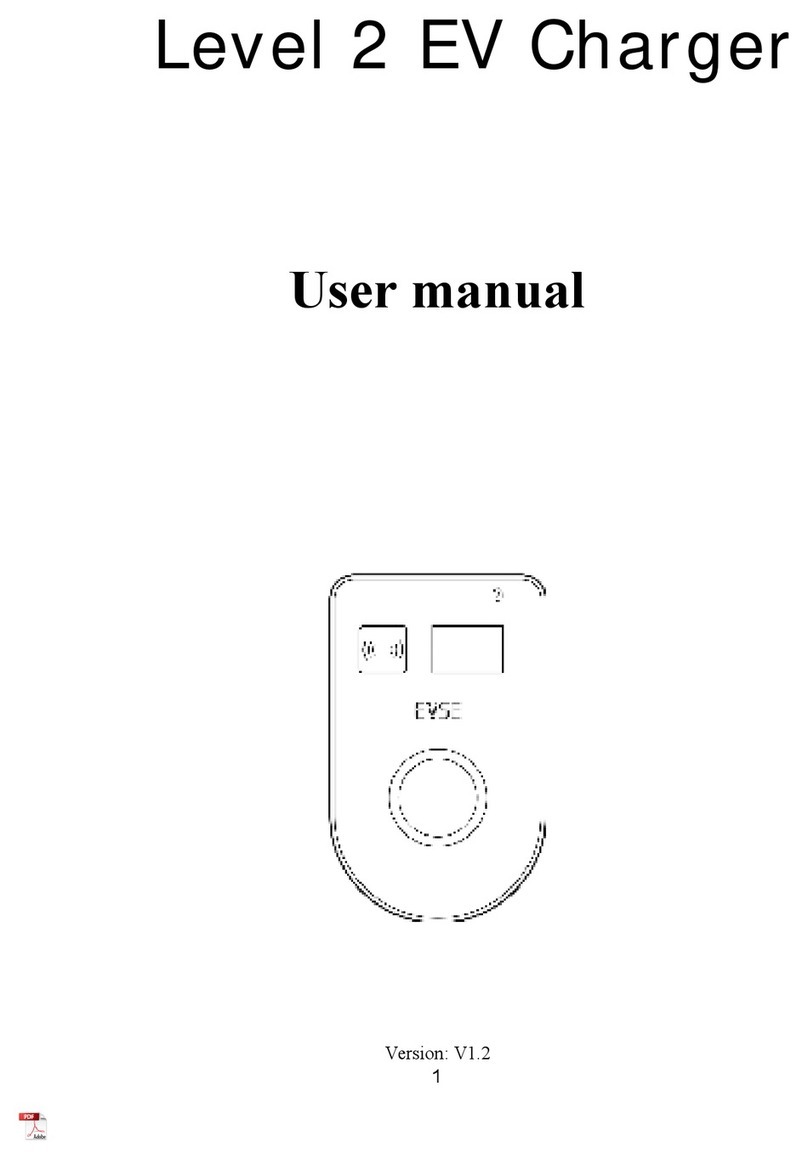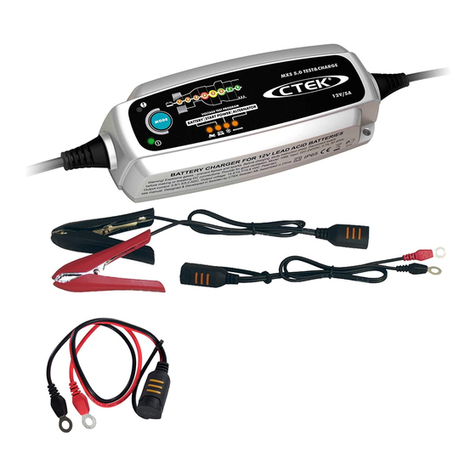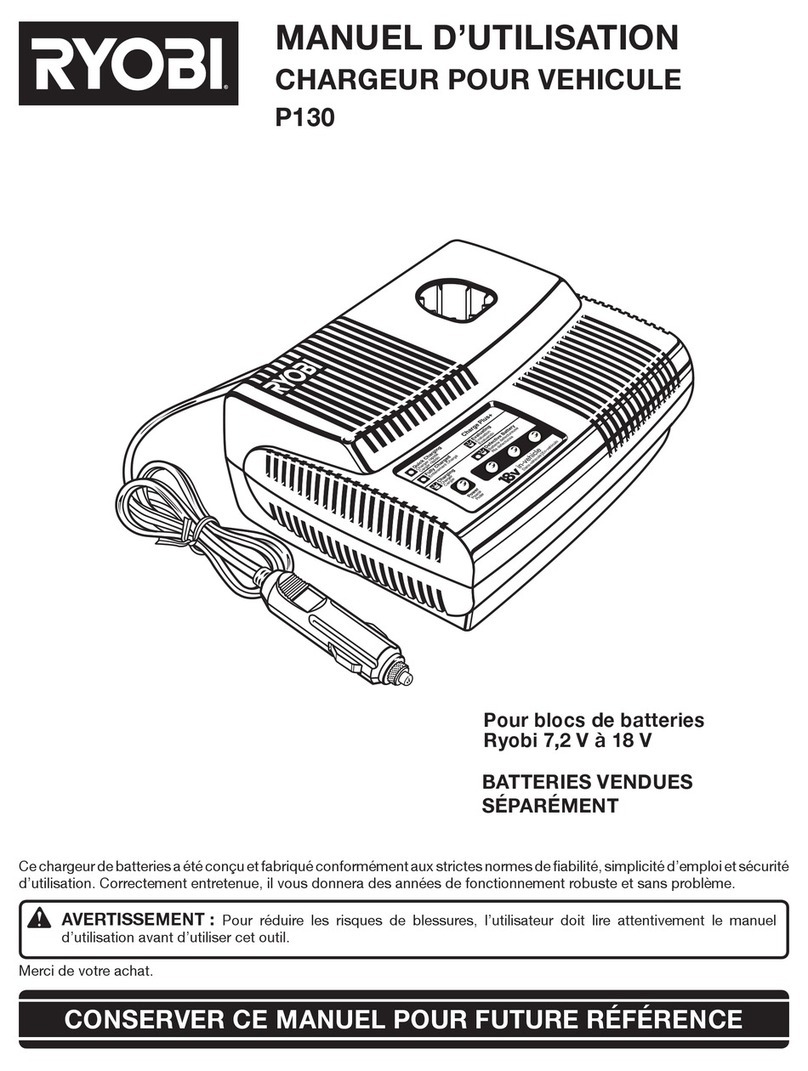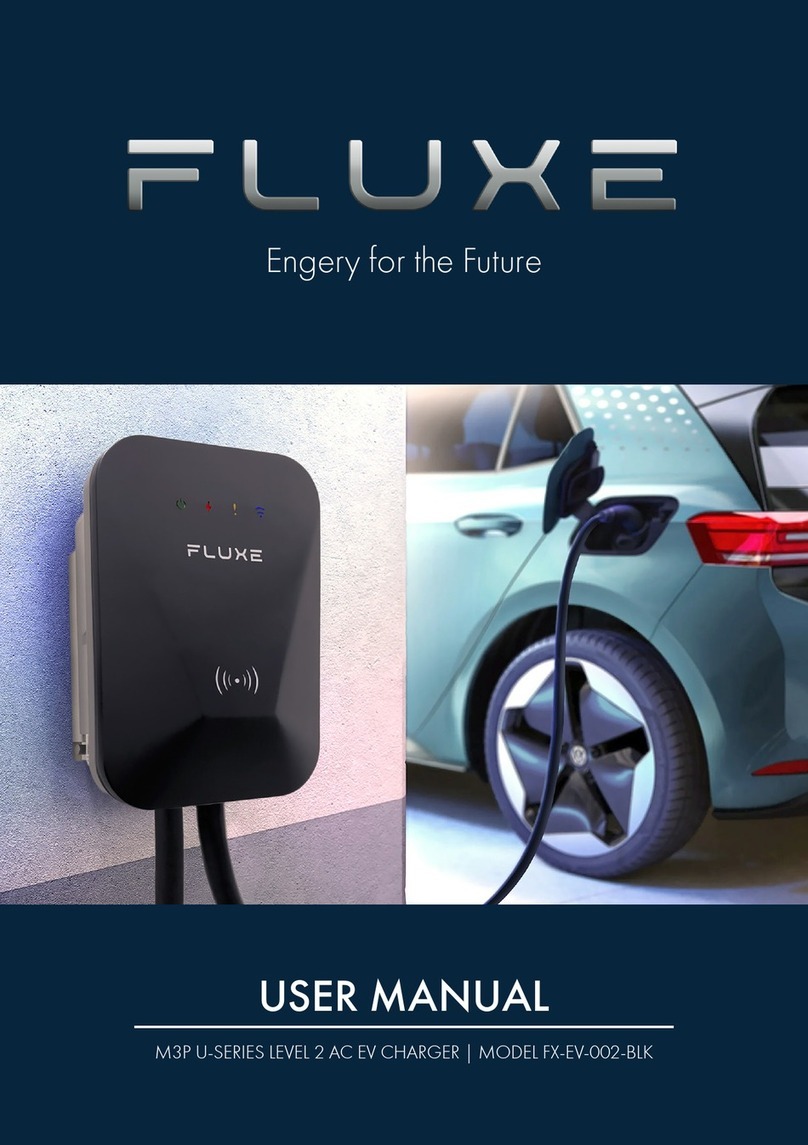Security
1. Time of printing. Further information is available from your Porsche partner.
DANGER
DANGER DANGER
WARNING
Security
Safety instructions
Electric shock, short cir-
cuit, re, explosion
Use of a damaged or faulty charging cable or elec-
trical socket, improper use of the charger or failure
to observe the safety instructions can cause short
circuits, electric shocks, explosions, re or burns.
eDo not use a damaged and/or soiled charger.
Check the cable and plug connection for damage
and soiling before use.
eOnly connect the charger to properly installed
and undamaged electrical sockets and fault-free
electrical installations.
eDo not use extension cables, cable reels, multiple
sockets or (travel) adapters.
eDisconnect the charger from the mains supply
during thunderstorms.
eDo not modify or repair any of the electrical com-
ponents.
eNever immerse the charger or plugs in water or
spray them directly with water (e.g. high-pres-
sure cleaning equipment or garden hoses).
eOnly clean the charger when the control unit has
been fully disconnected from the mains supply
and from the vehicle. Use a dry cloth for clean-
ing.
Electric shock, re
Incorrectly installed electrical sockets can cause
electric shock or re when the high-voltage battery
is charged using the vehicle charge port.
eInstallation and initial operation of the electrical
socket for the charger may only be carried out by
a qualied, electrically skilled person. The quali-
ed electrician is fully responsible for compliance
with the relevant standards and regulations.
eThe cross-section of the power cable for the
electrical socket must be dened in accordance
with the wire length and the locally applicable
regulations and standards.
eThe electrical socket used for charging must be
connected to a separately fused electric circuit
that complies with local laws and standards.
eThe charger is intended for use in private and
semi-public areas, e.g. private properties or
company car parks. In some countries, e.g. in
Italy and New Zealand1, mode 2 charging is pro-
hibited in public areas.
Further information is available from your Por-
sche partner and from your local power supplier.
eUnauthorised persons (e.g. playing children)
must not have access to the charger and the
vehicle during unsupervised charging.
ePlease read the safety instructions in the instal-
lation manual and the Driver’s Manual.
Electric shock, re
Incorrect handling of the plug contacts can lead to
electric shock or re.
eDo not touch the contacts on the vehicle charge
port and charger.
eDo not insert any objects into the vehicle charge
port or charger.
eProtect electrical sockets and plug connections
against moisture, water and other liquids.
Flammable or explosive
vapours
Components of the charger can cause sparks and
ignite ammable or explosive vapours.
eTo reduce the risk of explosion – particularly
in garages – make sure that the control unit is
located at least 50 cm above the oor during
charging.
eDo not install the charger in potentially explosive
atmospheres.
Observe the following instructions and recommenda-
tions in order to guarantee uninterrupted charging
with the charger:
–Before installation, check that the necessary
power for charging a vehicle can be continuously
provided with the currently available domestic
installation. If necessary, protect the domestic
installation with an energy management system.
–The charger should preferably be operated in
earthed mains supply systems. The protective
conductor must be properly installed.
